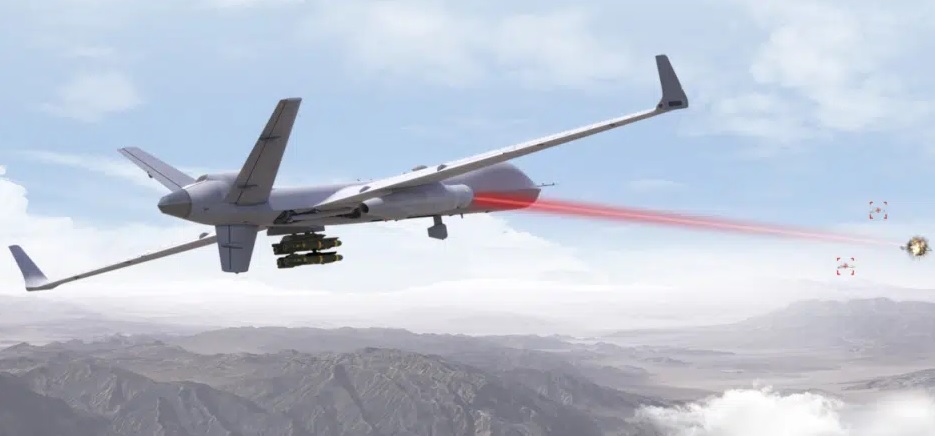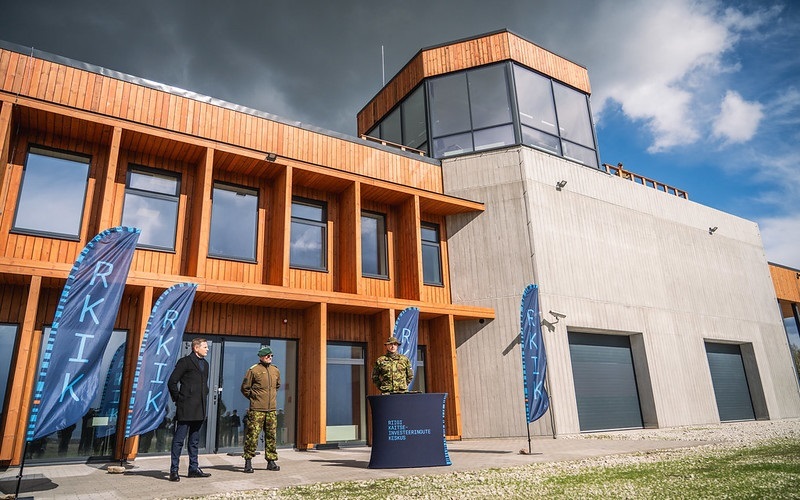India's Top Military Leadership Focuses on Creation of Joint Command and Control Centers to Strengthen National Security

In a significant move towards bolstering India's defense capabilities, the country's top military leaders convened in Lucknow for the inaugural Joint Commanders' Conference. This high-level meeting, chaired by Chief of Defence Staff General Anil Chauhan, brought together the chiefs of the Army, Navy, and Air Force, along with other senior military officials, to discuss the government's ambitious plans for the creation of Integrated Theatre Commands and to assess the nation's overall security challenges, particularly along the borders with China and Pakistan.
The central theme of the conference, "Sashakt and Surakshit Bharat: Transforming Armed Forces," underscores the government's vision of creating a more robust and secure India through the modernization and integration of its military forces. The discussions primarily focused on establishing joint command and control centers, which are seen as crucial for enhancing the operational efficiency and responsiveness of the armed forces in the face of emerging threats.
General Chauhan, in his opening address, emphasized the importance of operational preparedness and the need for continuous modernization to ensure that India's military remains ready and relevant in an increasingly complex global security environment. He highlighted that achieving strategic autonomy requires not only advanced technology and equipment but also a seamless integration of the Army, Navy, and Air Force.
The government's theaterisation model aims to achieve precisely this integration by combining the capabilities of the three services into cohesive units that can operate jointly in specific geographical areas. This approach is designed to optimize the use of resources, enhance coordination, and enable more effective responses to security challenges, whether they arise from conventional warfare or asymmetric threats.
One of the key aspects discussed during the conference was the establishment of command and control centers equipped with the necessary infrastructure to facilitate rapid decision-making and coordination among the services. These centers will play a pivotal role in ensuring that the military can execute "effect-based operations," a concept that General Chauhan stressed as essential for adapting to the future contours of warfare.
The commanders also conducted a comprehensive review of the current security situation along the Line of Actual Control (LAC) with China, particularly in the eastern Ladakh sector, where Indian and Chinese troops have been engaged in a prolonged standoff. Additionally, the security dynamics along the Line of Control (LoC) in Jammu and Kashmir were scrutinized, with a focus on maintaining stability in the region.
As part of the broader efforts to enhance jointness and future planning within the military, the conference also addressed the importance of establishing a joint logistics infrastructure and ensuring synergy in financial planning. General Chauhan commended the three services for their ongoing efforts to foster cross-service cooperation, noting that this was a crucial step towards building a "joint culture" that will ultimately lead to fully integrated forces capable of conducting joint operations.
The conference's second day is expected to see the participation of Defence Minister Rajnath Singh, who will address the military leadership and provide further guidance on the path ahead. Meanwhile, General Chauhan is scheduled to chair a tri-service financial conference in Delhi, aimed at enhancing cohesion and synergy in the financial management of the armed forces.
As India continues to navigate a challenging security environment, the creation of joint command and control centers and the broader theaterisation initiative represent a strategic shift towards a more integrated and capable military. These efforts are crucial for ensuring that India's armed forces are well-prepared to defend the nation's interests and maintain stability in the region.



